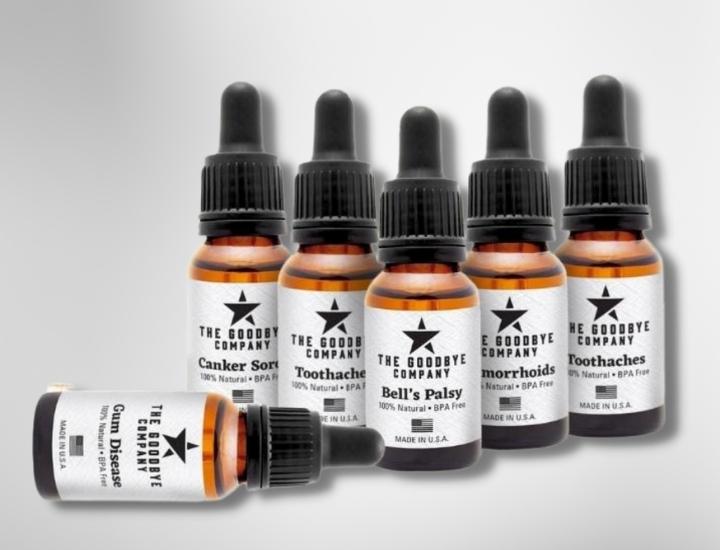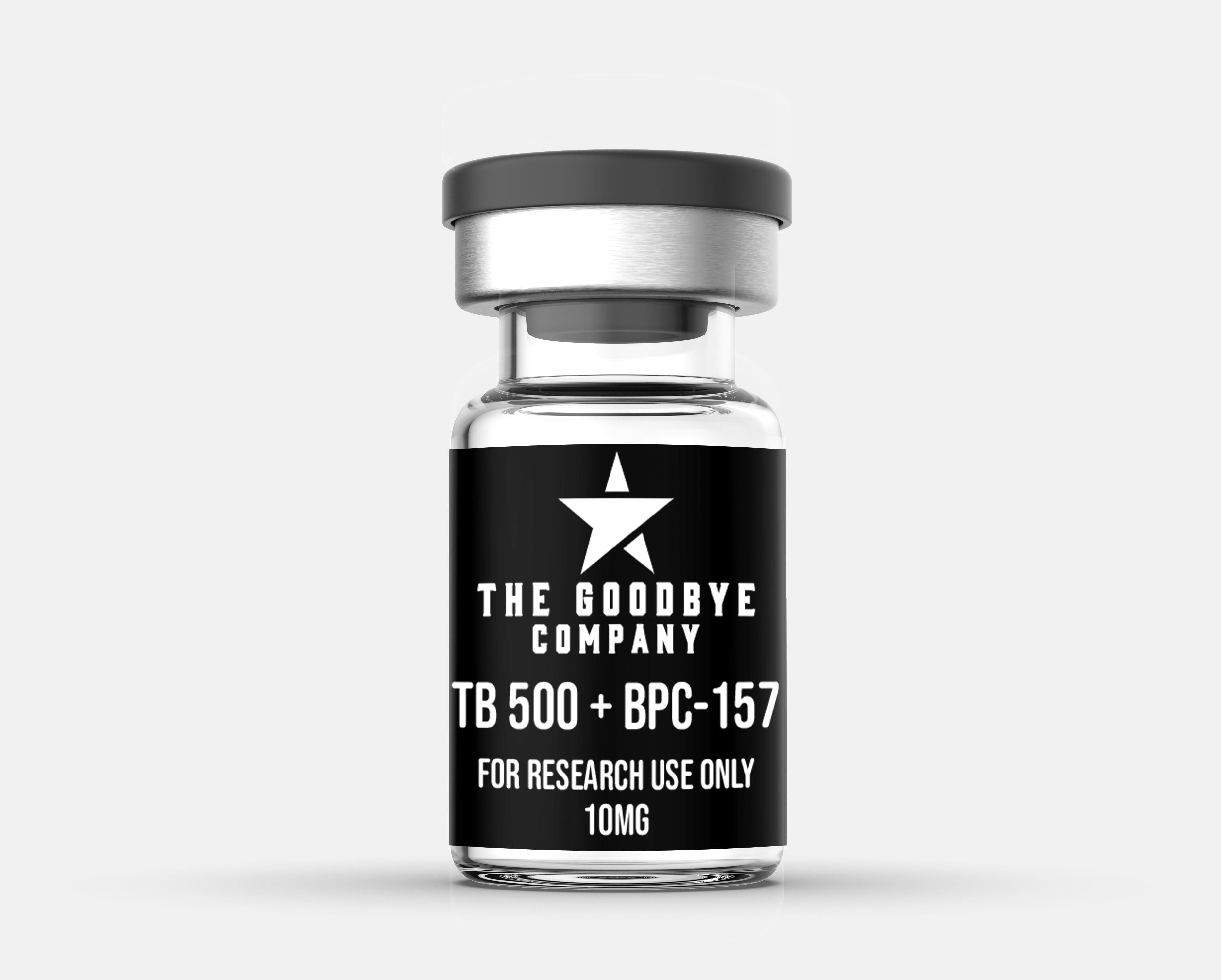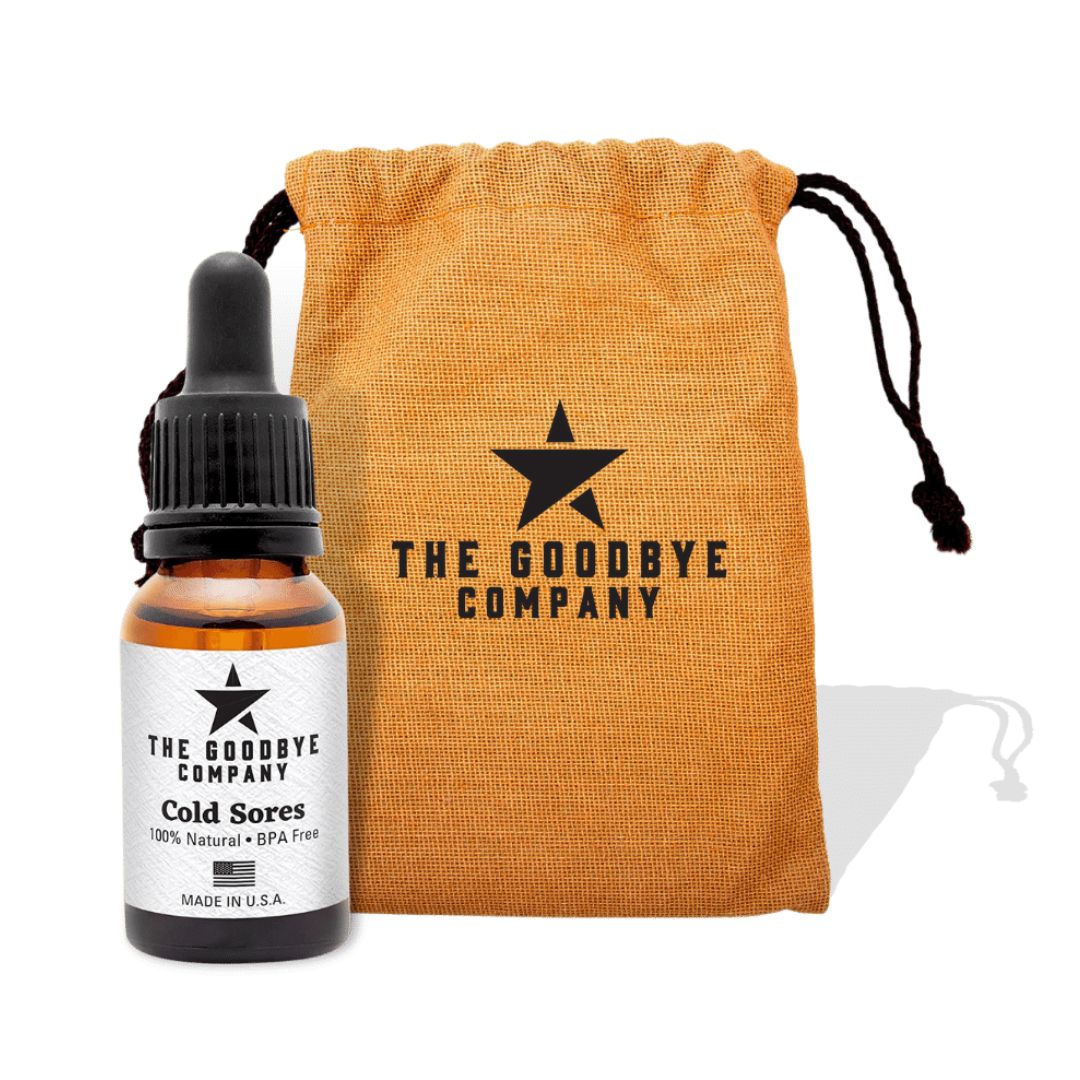The B-500 + BPC-157 Blend combines two well-studied research peptides in a single vial:
- TB-500 (Thymosin Beta-4 fragment) – 5 mg
- BPC-157 (Body Protection Compound) – 5 mg
Together, these synthetic peptides are investigated in laboratory research for their potential roles in tissue repair, angiogenesis, cellular migration, inflammation modulation, and gastrointestinal protection. This blend provides researchers with a unique tool to explore synergistic biological pathways involving cytoskeletal reorganization, angiogenic signaling, and protective effects on connective tissues.
Features & Properties
- Dual-peptide formulation: 5 mg TB-500 + 5 mg BPC-157 per vial
- Supplied as a lyophilized powder for stability
- Each peptide produced under sterile, research-grade conditions
- Investigated in studies for wound healing, anti-inflammatory action, tendon & ligament recovery, and gut lining support
- Extended shelf stability when stored properly
Important Note
TB-500 + BPC-157 Blend is not approved for human consumption, medical use, or diagnostic purposes. It is supplied strictly for laboratory research only. Handling should be performed by qualified professionals in an appropriate research setting.
| Form |
Suggested Research
Concentration
|
Example Preparation |
Notes
|
| Lyophilized Powder |
10 mg per vial |
Reconstitute with sterile or
bacteriostatic water |
Store dry at –20°C until
use |
| Reconstituted Solution |
200–500 µg/mL |
Dissolve to target concentration for
experiments |
Stable at 2–8°C for 2–3
weeks; do not freeze once
reconstituted |
Experimental
Dosing
(animal studies,
literature-based)* |
Variable by study |
Adjust according to study design |
Preclinical models only |
Storage & Stability
– Lyophilized peptide: Stable for up to 24 months at –20°C.
– Reconstituted solution: Stable for 2–3 weeks at 2–8°C.
– Avoid repeated freeze–thaw cycles.
Usage Restrictions
-For laboratory research use only
-Not approved for human consumption, medical use, or diagnostic purposes
-Handling should be performed by qualified professionals in controlled research settings
-Store securely & keep out of reach of children
-Do not handle during pregnancy or breastfeeding
Frequently Asked Questions (FAQs)
Q1. What is inside each vial?
Each vial contains 10 mg total peptide: 5 mg TB-500 + 5 mg BPC-157, supplied as a lyophilized powder.
Q2. What is the appearance of the product?
It appears as a white to off-white lyophilized (freeze-dried) powder at the bottom of the vial.
Q3. How should the blend be stored?
- Before reconstitution: Store at –20 °C. Stable for up to 24 months.
- After reconstitution: Store at 2–8 °C (refrigerated). Stable for ~2–3 weeks. Avoid multiple freeze–thaw cycles.
Q4. How is the product reconstituted?
The powder is soluble in sterile water or an appropriate laboratory buffer. Researchers should use aseptic technique when reconstituting.
Q5. Is this product sterile?
Yes, the vial is filled and sealed under sterile laboratory conditions. Proper aseptic handling is still required.
Q6. Is this blend approved for human use?
❌ No. This peptide blend is for laboratory research only. It is not approved for human consumption, clinical therapy, or veterinary use.
Q7. Why combine TB-500 and BPC-157?
The combination is of interest to researchers because TB-500 has been studied for tissue repair and angiogenesis, while BPC-157 has been studied for gastrointestinal protection and anti-inflammatory effects. Together, they provide a platform to study potential synergistic effects in tissue regeneration models.
Q8. How is the vial packaged?
Each vial is a 2 mL clear borosilicate glass container with a butyl rubber stopper and tamper-evident aluminum seal.
Q9. What safety precautions should be taken?
Researchers must use protective gloves, eyewear, and aseptic laboratory techniques. The product must not be ingested, injected, or used in humans or animals.
Q10. How long does shipping stability last?
When shipped under standard peptide handling conditions (cold-chain when possible), the lyophilized peptide remains stable during transit and should be placed in long-term storage (–20 °C) upon arrival.





